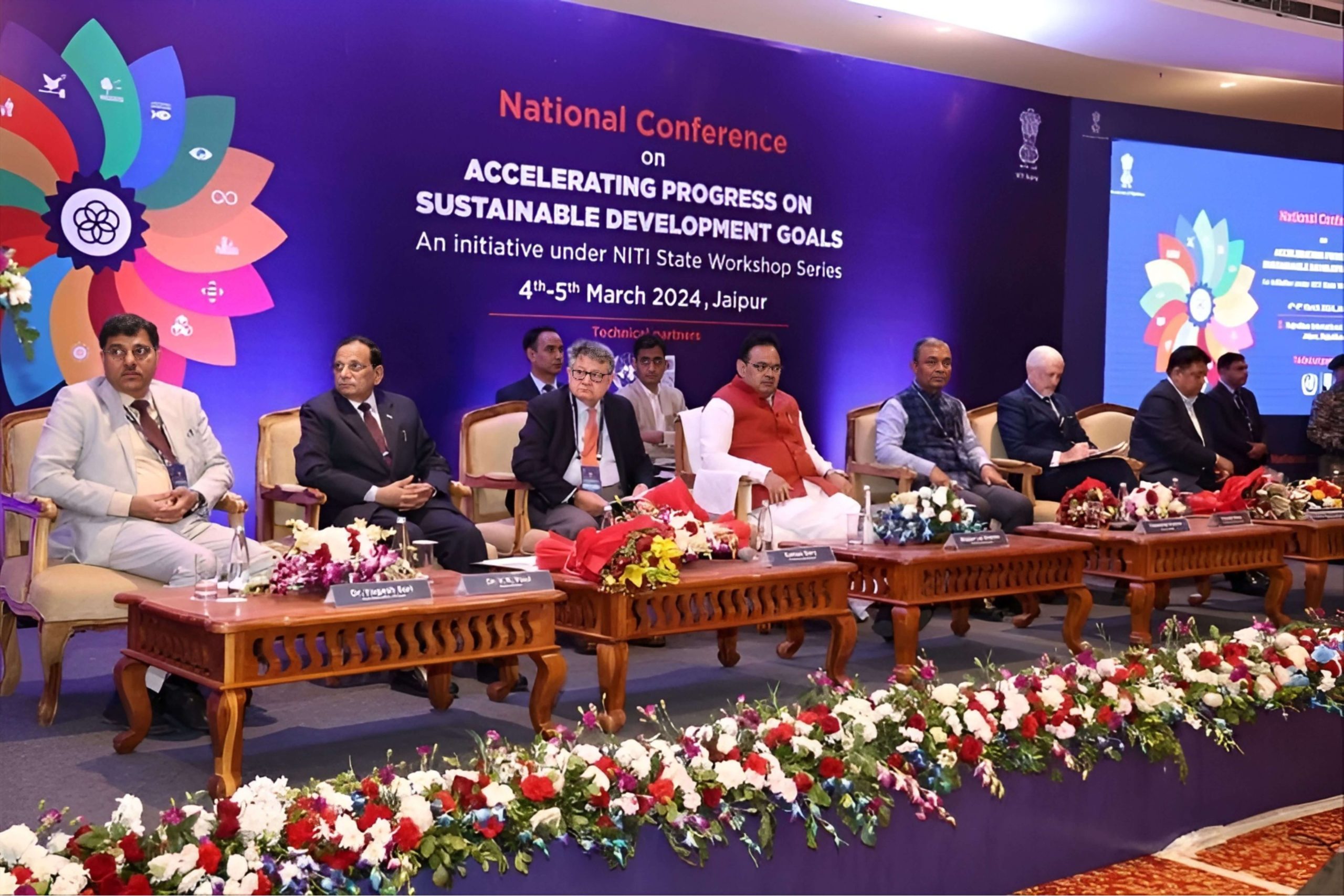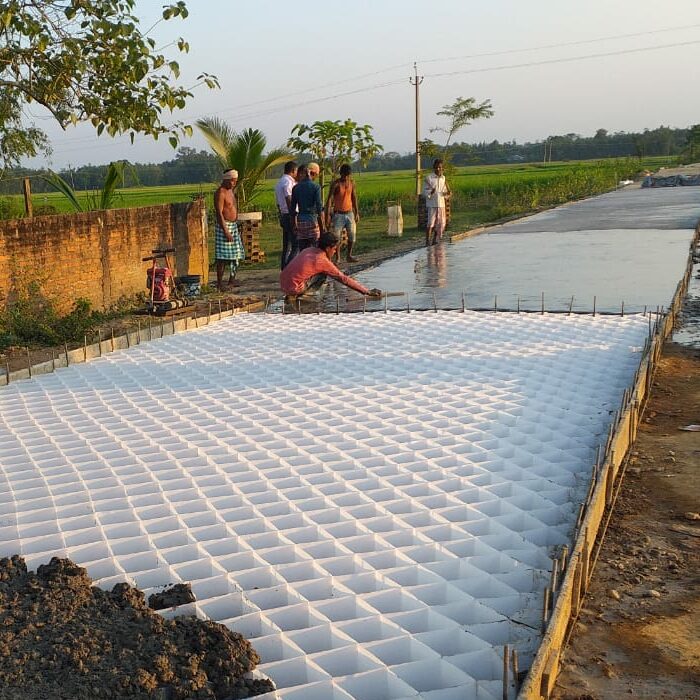Localisation
“Localisation” is the process of considering subnational contexts in the achievement of the 2030 Agenda, from the setting of goals and targets, to determining the means of implementation and using indicators to measure and monitor progress. Localisation relates both to how local and sub-national governments can support the achievement of the Sustainable Development Goals (SDGs) through bottom-up action, as well as how the SDGs can provide a framework for local development policy. This is achieved through awareness generation, effective communication and advocacy of the sustainable development policies and initiatives at the national and sub-national levels.
Localisation: Indian Perspective
NITI Aayog, Government of India’s nodal agency on SDGs works closely with the States/UTs at the sub-national and district levels to drive SDG Localisation. NITI Aayog in partnership with UNDP India organizes goal-wise sensitization workshops and annual review process for assessing the states’ progress in adopting, implementing, and monitoring the SDGs. Besides encouraging the active role of states in the process, there is a big thrust on the private sector to be a part of the planning and implementation process. States are increasingly building partnerships with various stakeholders like multilateral organizations, academia, civil society organizations and the private sector to bring about a holistic change towards sustainable development.
The journey towards localisation of SDGs in India provides useful early lessons to help translate the aspirations of the SDGs to tangible outcomes for people, especially for whom these goals matter the most. Out of the 17 SDGs, 15 are directly related to activities carried out by local governments in India. Effective localisation of SDGs requires linking budgets to the local plans which in turn, requires an approach that fosters vertical as well as horizontal convergence. It also requires devising strategies for effective monitoring to allow for course correction at the local levels.
In keeping up with the SDG pledge to “leave no one behind”, states in India have called for maximization of space for social inclusion and participatory initiatives within existing programmes or adding new components to address the needs of the vulnerable population groups such as women, persons with disabilities, Scheduled Castes and Scheduled Tribes. This ensures truly inclusive growth across the society.
4 Pillars of localisation
Institutional ownership
Robust review and monitoring system
Integrating SDGs in planning and monitoring
“Whole-of-Society” approach
UNDP India and localisation
UNDP’s programmes continue to be fully integrated to the shared global vision for catalytic change with India’s national priorities on top. UNDP India works to achieve the SDGs by transforming traditional models to advance development differently and in an accelerated manner. The India Country Office has been working seamlessly with the government, the private sector and the grassroots organizations to operationalize the strategic plan and better mainstream the three dimensions of sustainable development.
National Conference on Accelerating Progress on Sustainable Development Goals
NITI Aayog organized the National Conference on Accelerating Sustainable Development Goals in partnership with the host Government of Rajasthan and technical partners UNDP and UN in India on 4th and 5th March 2024 in Jaipur.


Aspirational Districts Programme
The Aspirational Districts Programme focuses on transforming 112 most under-developed districts of India. Based on the three pillars of ‘Convergence, Collaboration and Competition’, the programme aims to improve the performance of these districts by ranking them monthly. This form of competitive federalism urges the states to work on these districts to outperform others.
The ranking is based on the incremental progress made under 5 broad socio-economic themes – Health & Nutrition, Education, Agriculture & Water Resources, Financial Inclusion & Skill Development, and Infrastructure. This program aims at encouraging people’s participation or ‘Jan Andolan’ in the localisation of the Sustainable Development Goals (SDGs).


